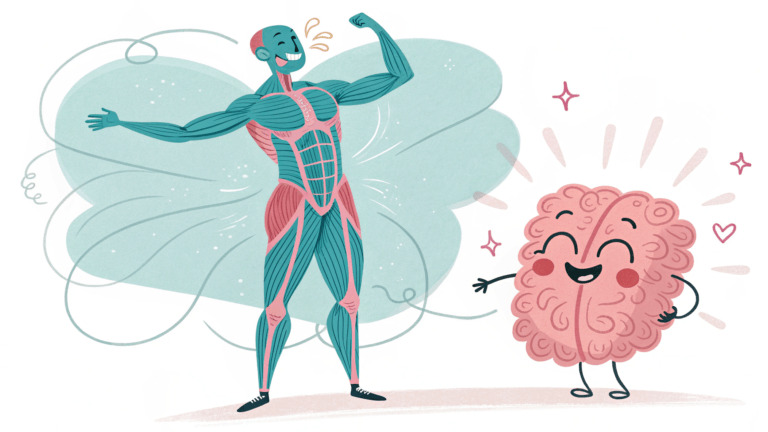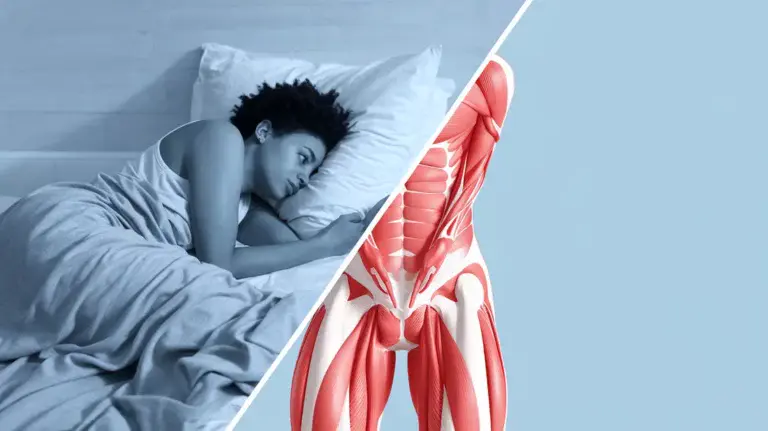Have you ever struggled to reach your toes during a routine toe touch, feeling a tightness or restriction in your lower back or the front of your thighs?
The culprit behind this inflexibility might surprise you: tight hip flexors.
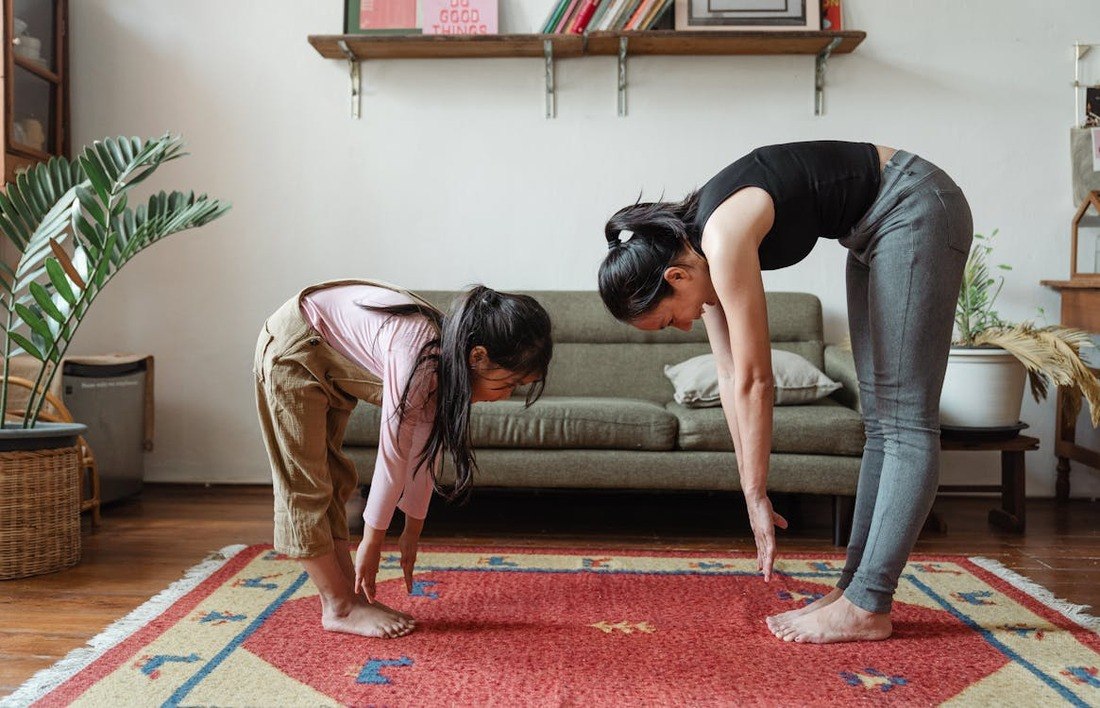
These unsung heroes of movement, a group of muscles located at the front of your hip joint, play a crucial role in everyday activities like walking, running, and maintaining good posture.
But when they become shortened and tight, they can disrupt your body’s mechanics, limiting your flexibility and potentially contributing to pain in seemingly unrelated areas.
Understanding Your Hip Flexors: The Movers and Stabilizers
Your hip flexors are a group of muscles responsible for essential functions:
- Hip flexion: Lifting your thigh towards your chest, crucial for activities like walking, running, and climbing stairs.
- Pelvic stability: Supporting and stabilizing your lower back and pelvis during movement.
- Posture: Maintaining proper spinal alignment and preventing excessive lower back curvature.
The Downsides of Tight Hip Flexors: When Flexibility Fades
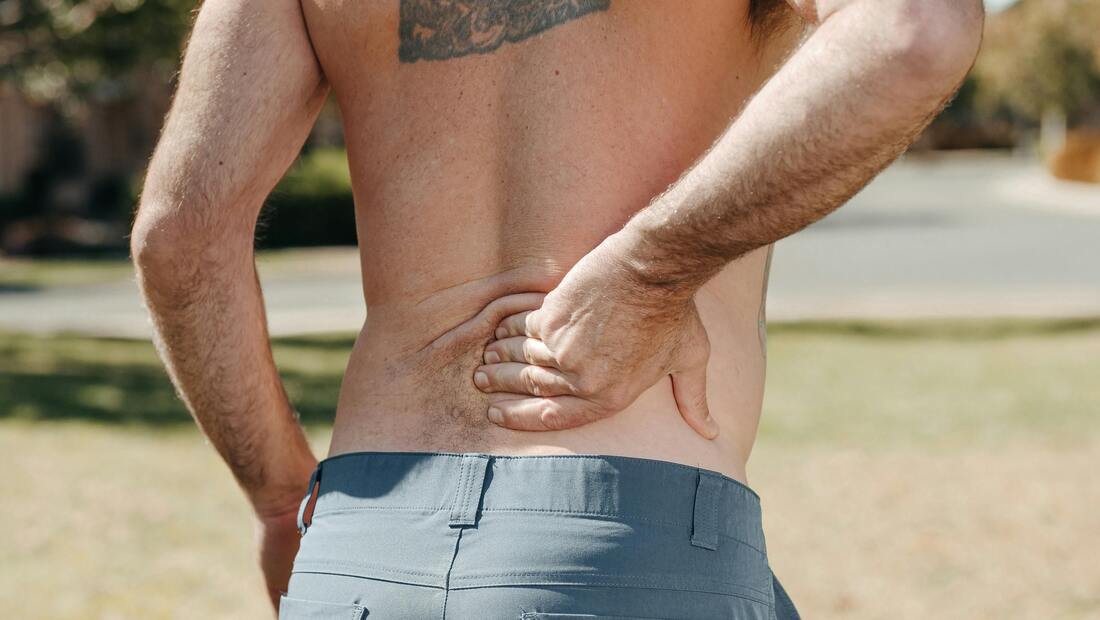
Chronic tightness in your hip flexors can pull on your lower back and alter your biomechanics, leading to a cascade of issues:
- Reduced Range of Motion: Limited hip flexion can make simple activities like bending over to pick something up or tying your shoes a challenge.
- Lower Back Pain: Tight hip flexors can pull on your lower back, causing discomfort and tightness in the lumbar spine.
- Knee Pain: When your hip flexors are tight, they can alter your biomechanics, putting extra strain on your knees and potentially contributing to pain.
- Poor Posture: Tight hip flexors can cause your pelvis to tilt forward, leading to a swayback posture and potential back pain.
- Muscle Imbalances: Tightness in one hip flexor compared to the other can create imbalances in your core and pelvic region, affecting overall stability and movement patterns.
The Toe Touch Test: A Window to Hip Flexor Tightness
The toe touch test is a simple yet effective way to assess the flexibility of your hip flexors.
Here’s how to perform it:
- Stand with your feet hip-width apart and keep your back straight.
- Slowly reach down towards your toes with your palms flat, keeping your knees straight (as much as possible).
- Note how far you can reach.
Here’s a table to interpret your toe touch results
| Toe Touch Result | Potential Hip Flexor Tightness |
|---|---|
| Can easily touch toes with palms flat on the floor | Likely normal hip flexor flexibility |
| Can touch toes with a slight bend in the knees | Possible tightness in hip flexors |
| Can barely touch your shins or not at all | Significant tightness in hip flexors |
Remember: This is a general guideline, and individual flexibility can vary. Pain during the toe touch test is a sign you should stop and consult a healthcare professional.
Become a Hip Flexor Master: Strategies for Looser Hips
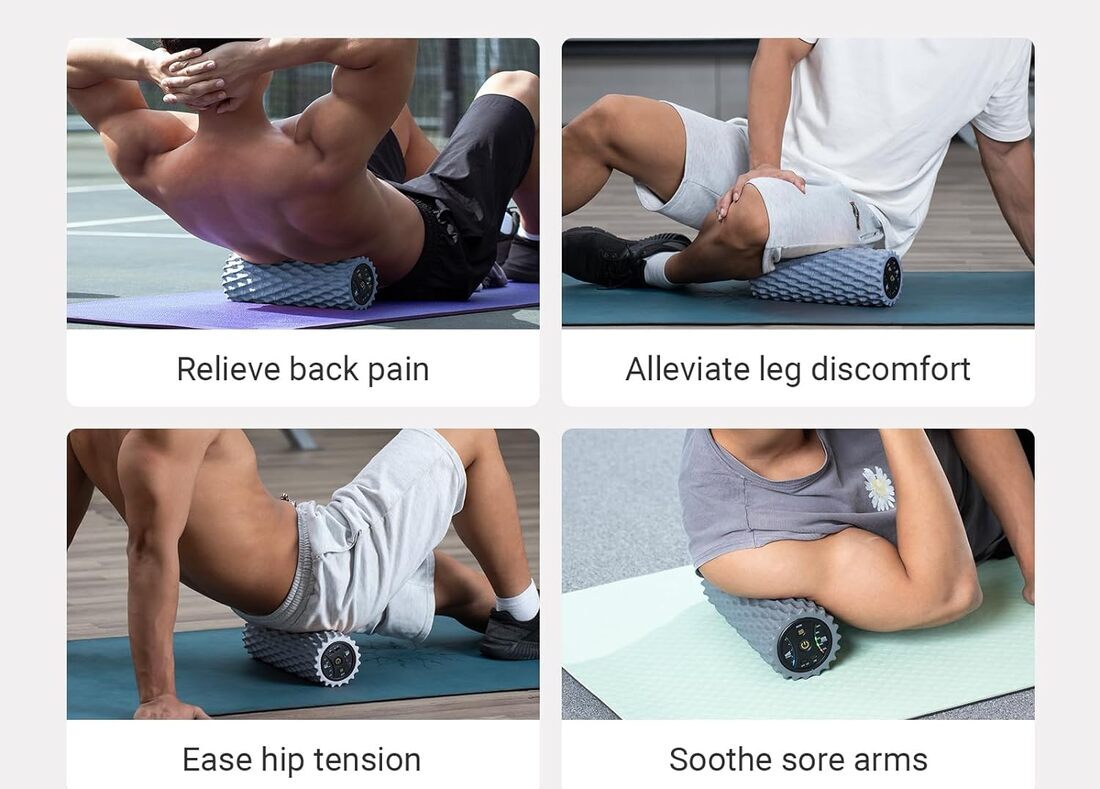
Stretching Your Way to Improved Flexibility: Regularly incorporating static stretches for your hip flexors into your routine is crucial.
Here are some effective stretches you can easily perform at home or before exercise:
- Kneeling Hip Flexor Stretch: Gently lean forward, pushing your hips towards the front knee until you feel a stretch in the front of your hip on the kneeling leg. Hold for 30 seconds, then repeat on the other side.
- Lunge with a Twist: Feel the stretch in the front of the hip on the back leg as you gently twist your upper body towards the front leg. Hold for 30 seconds, then repeat on the other side.
- Figure-Four Stretch: Lie on your back and gently pull your left thigh towards your chest, increasing the stretch in your right hip flexor. Hold for 30 seconds, then repeat on the other side.
Pro-Tips for Effective Stretching:
- Breathe deeply throughout the stretch.
- Relax your muscles and avoid bouncing.
- Hold each stretch for 30-60 seconds.
- Perform 2-3 sets of each stretch for optimal results.
Foam Rolling for Self-Myofascial Release: Foam rolling can be a valuable tool to loosen tight muscle adhesions and improve flexibility in your hip flexors.
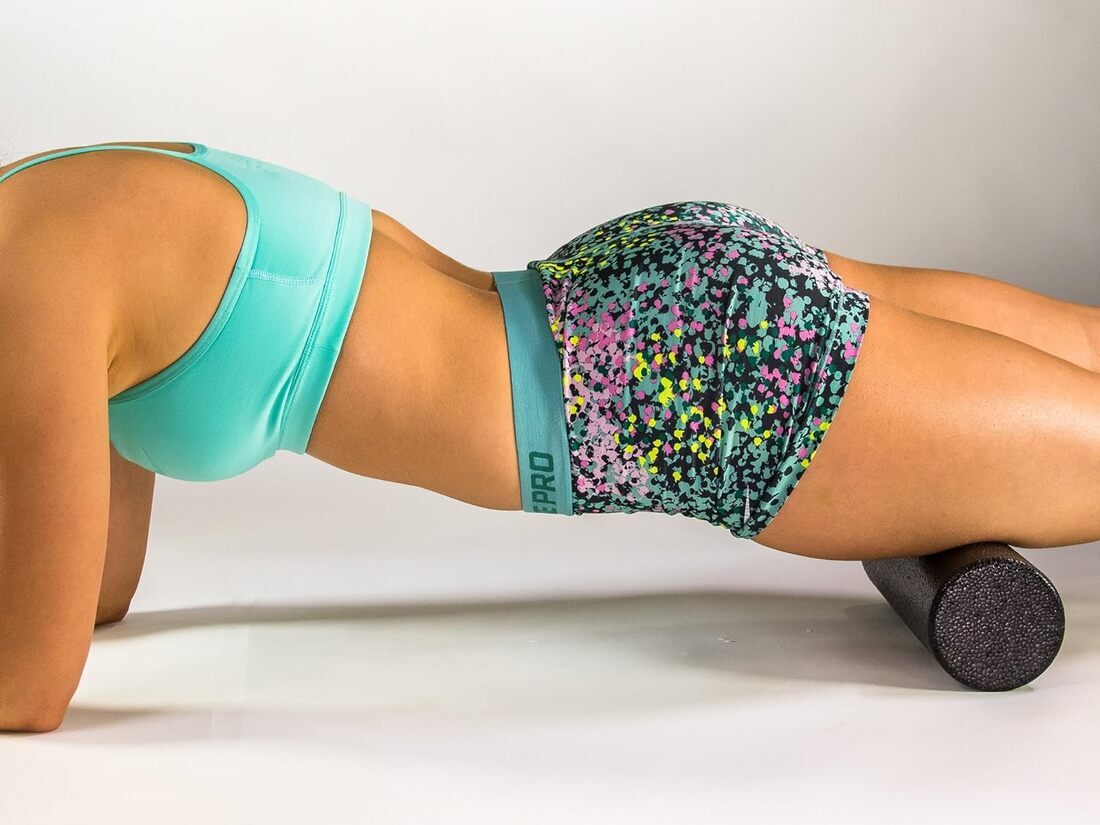
Here’s how to use a foam roller effectively:
- Find a comfortable position on the floor with your foam roller placed under your front hip.
- Slowly roll back and forth, applying gentle pressure to the target area.
- Focus on areas that feel tender and hold for 30-second intervals on these trigger points.
- Avoid rolling directly on your bone or overly bony areas.
Strengthening for Stability and Reduced Strain: Strengthening your core and glutes plays a crucial role in improving pelvic stability and reducing strain on your hip flexors. Here are some key exercises to target these areas:
- Planks: This bodyweight exercise strengthens your core and improves overall posture.
- Glute Bridges: This exercise strengthens your glutes and hamstrings, promoting better pelvic alignment.
- Modified Deadlifts: This variation focuses on glute activation without putting excessive strain on your lower back.
The Importance of Consistency
For optimal results, incorporate these strategies into your routine regularly.
Aim to stretch your hip flexors daily and perform strengthening exercises 2-3 times per week.
As your flexibility improves, you can gradually increase the intensity and duration of your stretches.
Remember to listen to your body and stop any exercise that causes pain.
Conclusion: Take Charge of Your Mobility
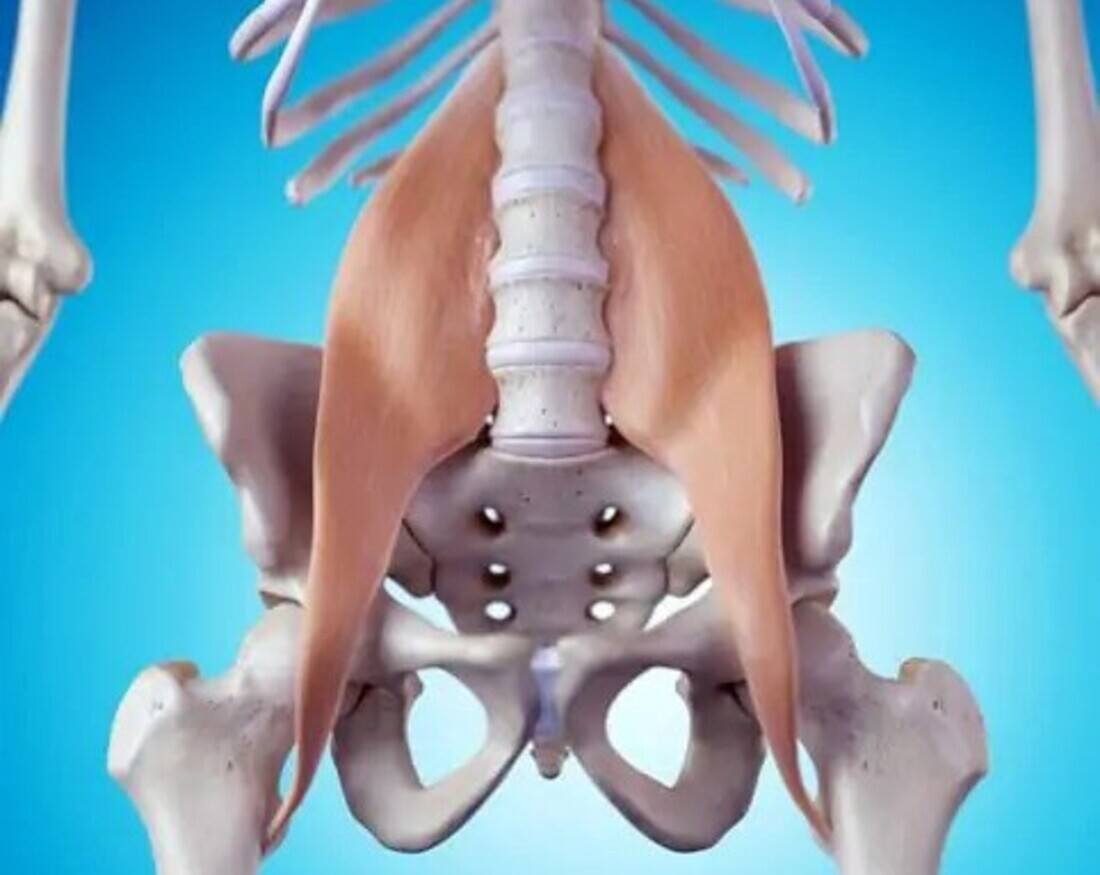
Tight hip flexors can significantly impact your mobility and well-being.
By incorporating the strategies outlined above, you can loosen tight hip flexors, improve your range of motion, alleviate back and knee pain, and move with greater freedom and confidence.
Remember, consistency is key!
Make stretching and strengthening exercises for your hip flexors a regular part of your routine to reap the long-term benefits.
Additional Tips:
- Consult a healthcare professional for personalized guidance.
- Maintain good posture throughout the day.
- Consider incorporating a foam roller into your daily routine.
- Stay hydrated for proper muscle flexibility.
By following these tips and incorporating the strategies outlined above, you can take control of your hip health and move with confidence and ease. Happy stretching!
Note: This blog post is intended for informational purposes only and does not constitute medical advice. Always consult with a healthcare professional before starting any new exercise program, especially if you have any existing injuries or medical conditions.

